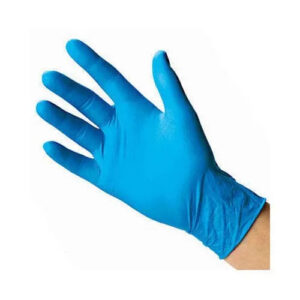10 most important things you want to know about medical gloves
Table of Contents
What are medical gloves?
Medical gloves are gloves designed and used to protect the wearers and patients from various hazards during medical examinations and procedures. These hazards include dangerous microbes, hazardous chemicals, biological materials, abrasions and cuts from sharp objects, infections, bloodborne pathogens, and many other things.
How do gloves protect medical professionals, healthcare workers, and patients?
Gloves are an important part of personal protective equipment as well as the infection-control strategy in the medical and healthcare industry.
They create a barrier between the hands and the contaminated surface and thus prevent the spread of germs. Gloves protect healthcare providers from exposure to various potentially dangerous threats in a medical environment.
Different types of medical gloves
Many types of medical gloves are used in healthcare and related industries worldwide. Medical gloves are broadly divided into two types- examination gloves and surgical gloves, available in latex, nitrile, and vinyl materials. Again there are powdered and non-powdered gloves, the powder is added as a donning agent. Mostly, cornstarch powder is used as the powder, to act as a facilitator for easy donning. Powdering in the gloves is mostly designed to improve grip and for faster donning, but the powder also helps to reduce sweat inside the gloves.

Latex, Nitrile, and Vinyl gloves
Most commonly used medical gloves are made of latex, nitrile, and vinyl materials. Latex gloves, made of natural rubber latex are the most popular ones. Nitrile gloves are made from Nitrile rubber, a kind of synthetic rubber. Nitrile gloves are well-resistant to oil, fuel, and other chemicals. These properties make them an essential item in healthcare, medical and industrial environments. They are a good choice for most medical environments besides being a dependable alternative for persons with latex allergies.

Vinyl Gloves are made of PVC and are of high quality in terms of comfort and sensitivity to touch. They are latex free and offer moderate protection against chemicals. They are not puncture-resistant, and can provide short-term protection from pathogens, but don’t offer sufficient protection in high-risk medical environments.
Also read: